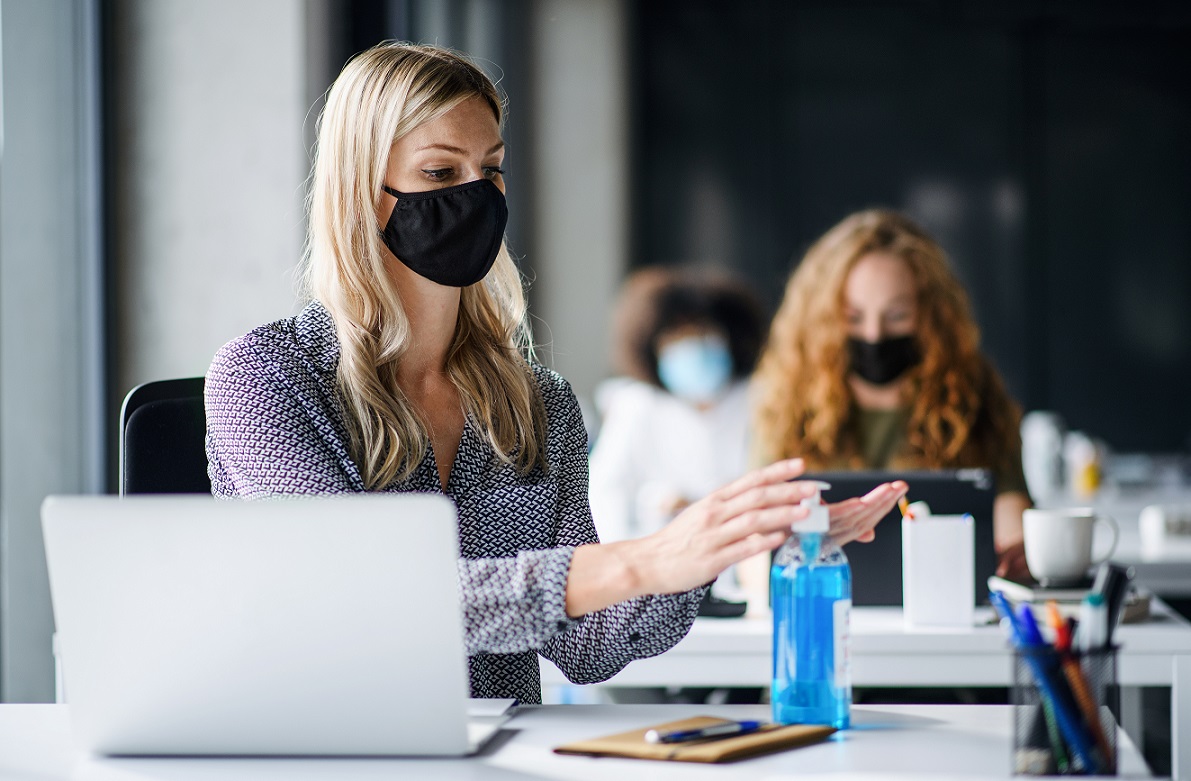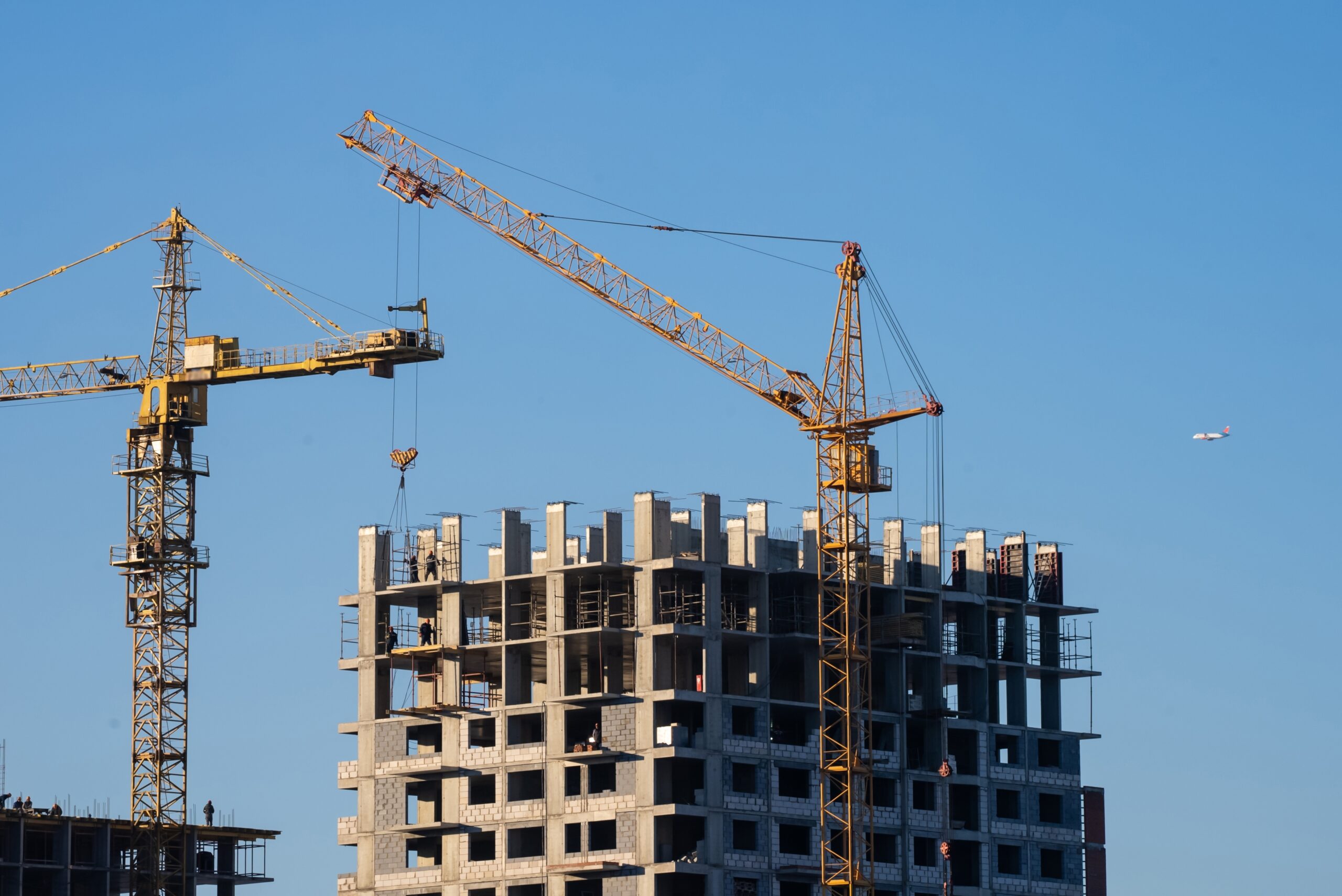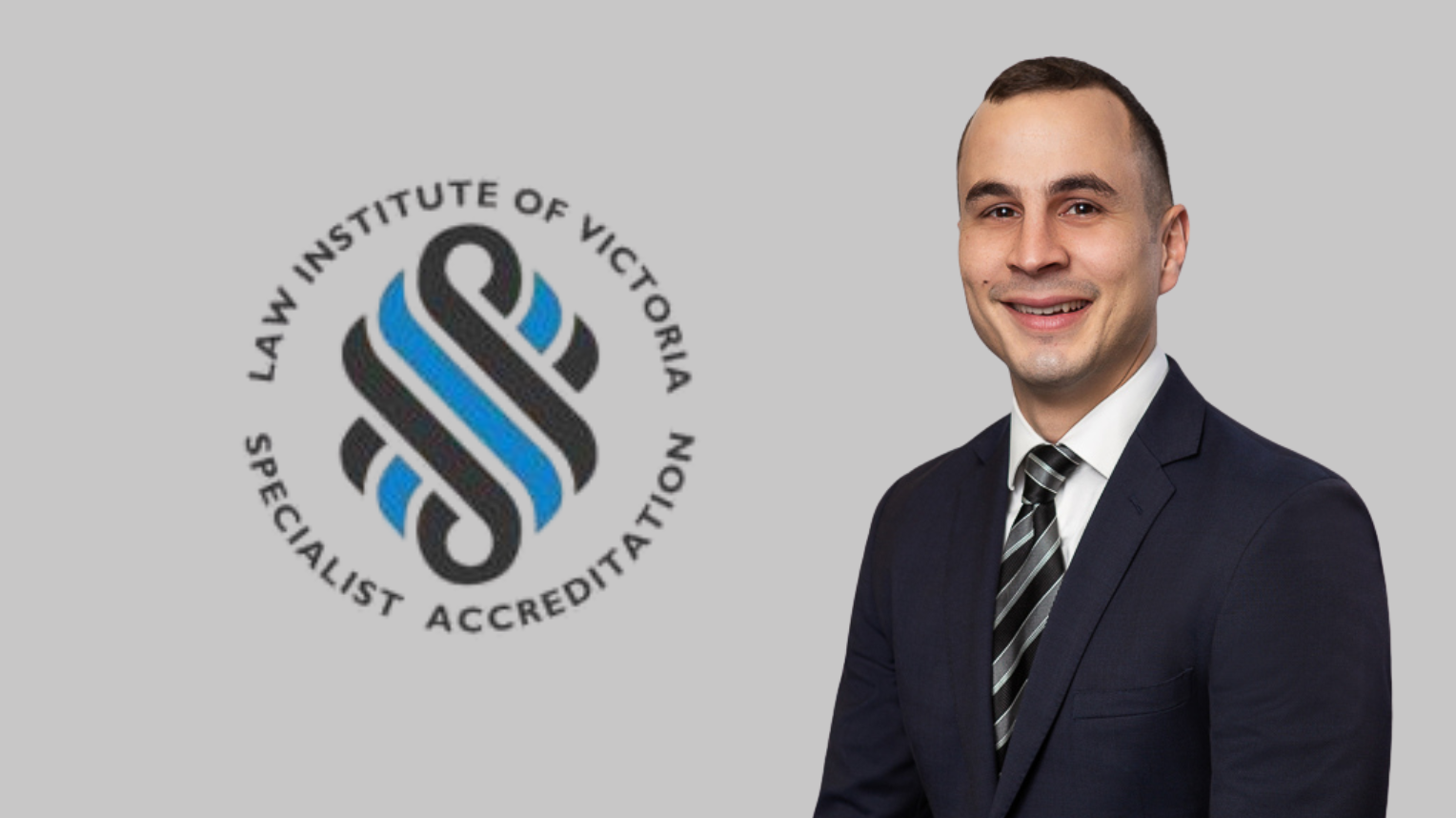Subscribe
Covid compliant workplaces will play a key role in Victoria’s economic recovery from the coronavirus pandemic
As the Victorian Government relaxes Stage 4 restrictions by road-mapping a return to the office, the law requires every employer to have a COVIDSafePlan in place. But there are many questions, for example:
- What is this going to look like in your workplace?
- How will the plan be implemented, monitored and enforced?
- Who will be responsible for ensuring a safe place and system of work?
- What anxieties will there be and how should they be managed?
- Can an employer direct an employee to return to work?
Because these circumstances are unprecedented challenging times, we’ve put together a general guide to making your workplace COVID-safe and fit for a return to work.
What is the new normal for COVIDSafe workplaces?
The COVID-19 pandemic has recalibrated the workplace, possibly, forever. We are yet to learn to what extent that will be, and how businesses will operate in the new, so-called, COVID-19 normal. It will require an unparalleled response.
An employer’s duty of care owed to its employees and visitors will hinge upon educating all personnel about compliance protocols and establishing clear lines of reporting with delegated authority.
Strong workplace culture must embed good governance. In the absence of a strong ethic of shared values and behaviours, the best-placed policies, processes, systems and procedures will fail. All businesses will need to be agile and nimble to manage risk and have contingency plans to mitigate the spread of infection.
What measures are needed for workplace controls and contingency planning?
Entering and leaving the workplace
All persons entering and leaving the workplace should be:
- Wearing a mask
- Recorded
- Temperature-tested; and
- Sign a declaration
The declaration must confirm that they:
- Are not infected with COVID-19
- Are not displaying symptoms of COVID-19
- Have not come into contact with an infectious person within the preceding 14 days
Physical distancing
You and your workers must maintain physical distancing of 1.5 metres and comply with the internal 4 square metre gap rule.
Other measures to promote physical distancing include:
- Installing distance markers
- Installing protective screens around open workspaces
- Using hand sanitiser
- Using alcohol-based wipes to clean high traffic areas, including desks, keyboards, and personal belongings
- Wearing masks
- Replacing hand towels and tea towels with disposable towelling and specific bins
- Installing motion sensors to dispense soap and water
Face-to-face meetings
Limit face-to-face meetings to no more than 15 minutes before taking a break. Try to avoid meetings in closed spaces that otherwise, it is suggested, should not be longer than two hours with intermittent breaks at 15-minute intervals.
Wear a mask, use hand sanitiser, and wipe down contact areas when you leave the room by signing a declaration register.
Workplace bubbles
Create workplace bubbles. Staff may be rostered on, say, for two days in the office and two days working from home on a rotational basis. This can help to reduce internal congestion. Implement staggered start and finish times to mitigate public transport clustering. Some businesses are developing Team A or Team B, and so on. We also recommend keeping proper records of who’s in the office to avoid cross-over issues.
A COVIDSafeplan is mandatory.
How do I implement a prevention plan?
Educate employees on preventative measures to reduce the risk of spreading COVID-19. This should include a workplace committee that is trained in a collaborative and inclusive culture around:
- Hygiene practices
- Physical distancing requirements
- Knowing who has delegated authority to monitor and mitigate risks and hazards
Think about issuing a staff survey for conducting analytics to measure performance.
Ensure that current and reliable information is accessible. The Department of Human Health Services (DHHS) is one reputable information source.
What are the procedures to quarantine an infectious person?
Quarantine procedures must start at the point of entry. Do not permit an infectious person to enter the workplace.
If a staff member becomes symptomatic in the workplace, quarantine them in a safe place and arrange for them to be transported to obtain medical care. They must not return to work until medically certified.
You must notify DHHS and Worksafe Victoria of any workplace infection and control measures you have undertaken, including hygienic cleaning.
Have a policy to close the workplace if you are directed to do so by DHHS. Ensure you have clear policies and procedures that are updated and communicated to all staff. You will need to be responsive and effective.
You must be mindful of mitigating risk of any potential breaches of a workplace right that might lead to an adverse action or a claim of discrimination, especially if you are directing an employee to undergo a medical examination. You must have adequate processes to deal with mental health issues, such as stress and anxiety. Some staff may be apprehensive about returning to work.
Ensuring your workplace is COVIDSafe is crucial to commencing and maintaining economic recovery in Victoria. There is much to consider, but we are here to help. We can advise you of your legal obligations, including directors’ duties to act in good faith and with due care, and ensure you are a COVIDSafe workplace with appropriate policies and procedures.
Contact us to discuss how to tick all the governance boxes as we tailor your COVIDSafe Plan.
This article was written by Corporate Governance Professional and Special Counsel, Garth Fountain-Smith (Consultant).
DISCLAIMER: We accept no responsibility for any action taken after reading this article. It is intended as a guide only and is not a substitute for the expert legal advice you can receive from marshalls+dent+wilmoth and other relevant experts.
Subscribe




